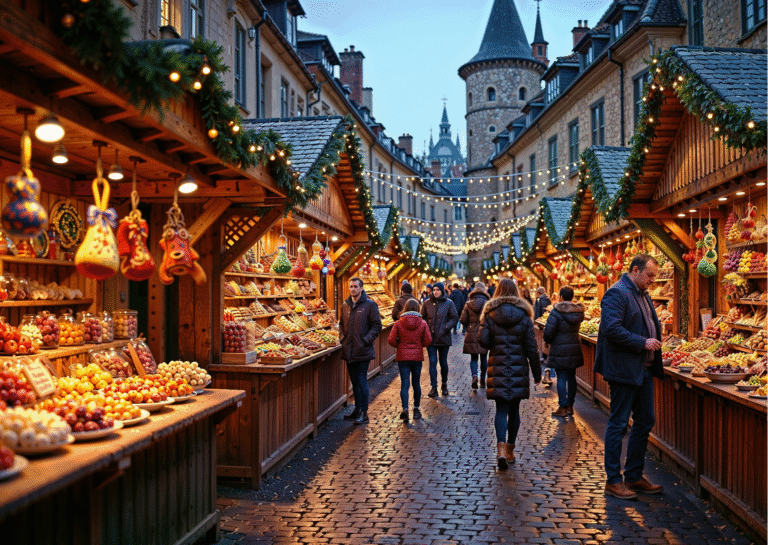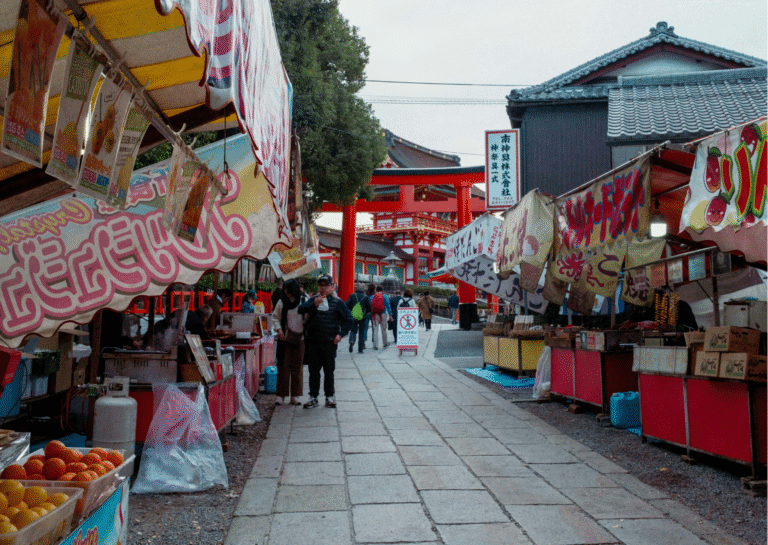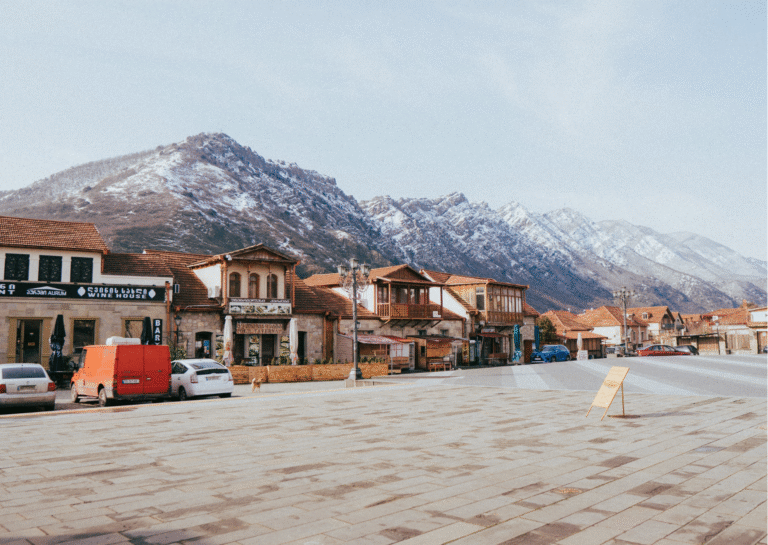When you get to Buenos Aires, it feels like you're in a city that is both familiar and strange. The tree-lined boulevards and Belle Époque buildings make it feel European, but the rhythm—the way people linger over coffee, the late-night feasts, and the passion in the air—makes it feel very Argentine. Two days might not …
48 Hours in Buenos Aires: What Not to Miss
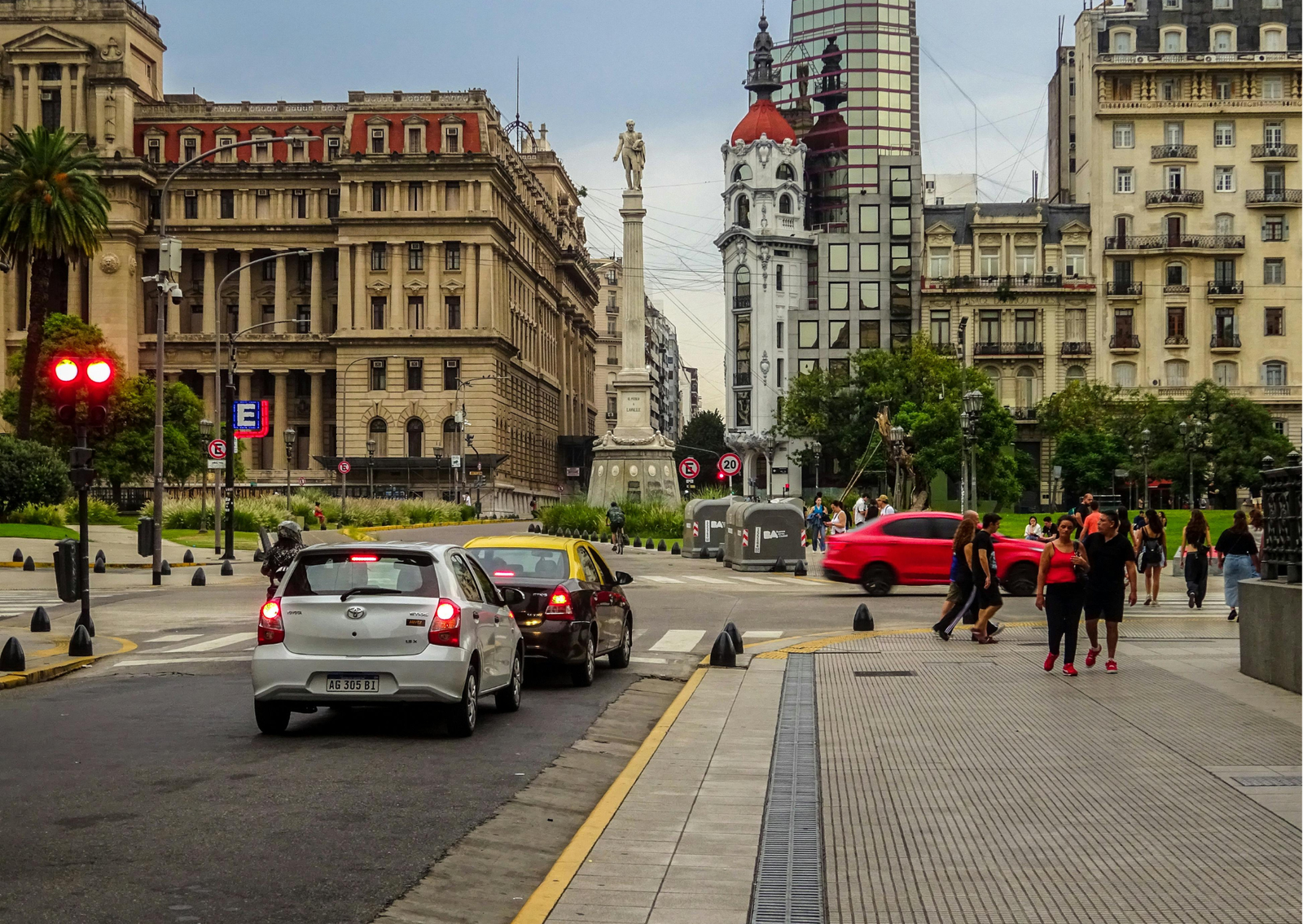
When you get to Buenos Aires, it feels like you’re in a city that is both familiar and strange. The tree-lined boulevards and Belle Époque buildings make it feel European, but the rhythm—the way people linger over coffee, the late-night feasts, and the passion in the air—makes it feel very Argentine. Two days might not be enough time to really figure it all out, but it’s enough time to get interested.
You can still get a feel for Buenos Aires even if you only have 48 hours there. It’s like having a strong cortado at an old café: it doesn’t last long, but it stays with you for a long time. Here are some tips on how to get the most out of your trip, with all the sights, sounds, and tastes you won’t want to miss.
Day One: History, Colours, and Tastes
Morning: The Beginning of the City Story
The Plaza de Mayo is the heart of Buenos Aires. Begin your day there. This is where history was made. There have been protests, revolutions, and parties here. The Casa Rosada, or “Pink House,” is in the square. From the balcony, presidents speak to the country. You can’t help but picture Eva Perón making her famous speeches to the people below.
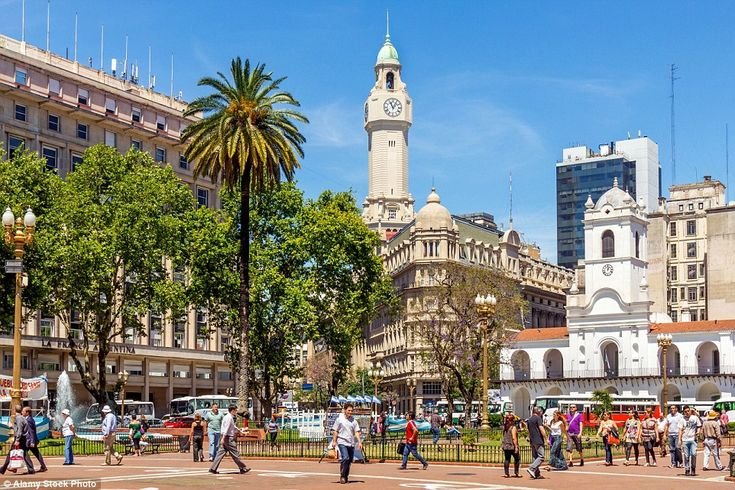
Take your time walking down Avenida de Mayo. The fancy front, wrought-iron balconies, and domed buildings will make you feel like you’re in Madrid or Paris, but with a very Argentine feel. You’ll soon see the famous Café Tortoni, where writers, artists, and politicians used to sit and drink coffee and talk about ideas. Order a cortado and a medialuna, which is a buttery croissant from Argentina, and sit down at a wooden booth. It’s nice to start your day in a place where people have been sitting and watching the world go by for generations.
The Heart of San Telmo at 12:00 PM
You can get to San Telmo, one of the oldest neighborhoods in the city, in a short walk from here. There are antique shops, tango bars, and murals painted on crumbling walls on the cobbled streets that seem to have been there forever. On Sundays, the famous San Telmo Market comes to life. Picture yourself walking past stalls full of old cameras, handwoven tapestries, and vintage records, with the smell of choripán (chorizo sandwich) cooking in the air.
Even if you’re not here on a Sunday, San Telmo is beautiful. You can get empanadas, which are golden pastries filled with spicy beef, gooey cheese, or roasted vegetables, at a rustic bar. Each bite feels like a hug. San Telmo isn’t fancy or polished, but that’s what makes it feel real.
In the afternoon, La Boca is full of colour
Next, head south to La Boca, a neighborhood that is just as colorful and lively as Buenos Aires itself. There are bright red, blue, and yellow houses all around you as soon as you step onto Caminito Street. Poor immigrants used leftover paint from the shipyards to make their homes look better, which is how this tradition started. It’s now one of the most photographed places in the city.
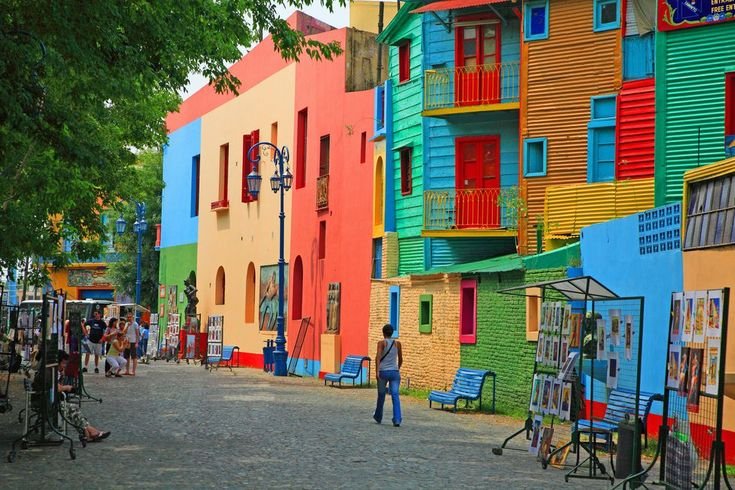
Local artists sell colorful paintings, and street performers dance the tango on the street. Their movements are rough and full of emotion. It might be touristy, but it also has a lot of life. If you love soccer, you have to see La Bombonera, where Boca Juniors plays. People there are so into the game that it seems like a religion. Even if you don’t like sports, this place is full of fun things to do.
Dinner: A steak dinner in the style of Buenos Aires
When night falls, you’ll be ready for one of the city’s most popular traditions: eating at a parrilla. People in Argentina don’t eat quickly; they enjoy their meals. Order a bife de chorizo (sirloin) or ojo de bife (ribeye) at a steakhouse. When it arrives, drink a bottle of Malbec with it. You’ll understand why people all over the world love Argentine beef.
Do you not eat meat? Don’t worry. The city has embraced creative plant-based foods like roasted vegetables, provoleta (grilled provolone cheese), and thick stews that are just as filling. After dinner, have something sweet, like dulce de leche, and then take a slow walk under the city lights before bed.
Day Two: Elegance, Art, and the Beat of Tango
Morning: A Breath of Fresh Air in Palermo
Get up and go right to Palermo, the city’s coolest and most green area. The Bosques de Palermo is a great place to begin. There, people jog along the lakes, paddle boats, or walk through the rose gardens. It’s a nice break from a city that never seems to sleep.
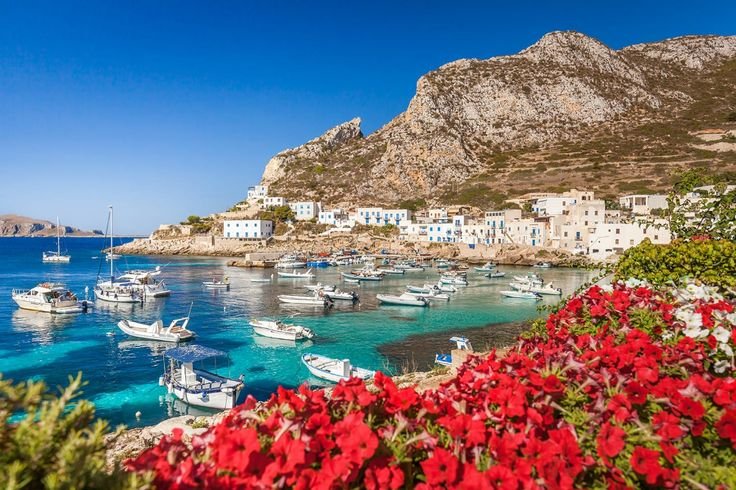
Then, get lost in Palermo Soho. There are shops, art galleries, and murals on every wall in this area of Buenos Aires that shows off the city’s artistic side. This isn’t just graffiti; it’s telling a story. Buildings turn into canvases, with pictures that show the city’s problems, joys, and hopes. Stop for brunch at one of the area’s leafy cafés. Get coffee and avocado toast or medialunas and enjoy the calm, classy atmosphere.
Timeless Recoleta at noon
You can’t go to Buenos Aires without going to Recoleta Cemetery. It’s not fair to call it a cemetery; it’s more like a city of the dead, with streets lined with trees and beautiful mausoleums that are as good as any museum. You can walk among marble angels, Gothic spires, and bronze statues until you find Eva Perón’s grave, which is still honored with fresh flowers decades after her death.
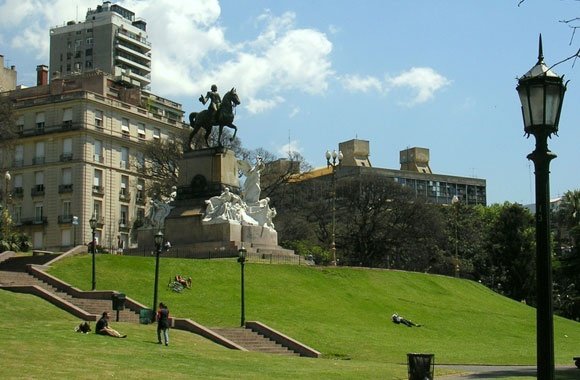
There is a lot of beauty in the Recoleta area, which is outside the cemetery. You can go to artisan markets, have a glass of wine in a shady café, or see an art show at the Recoleta Cultural Center. This is the most beautiful Buenos Aires has ever been—polished, graceful, and timeless.
Date with Art in the Afternoon
Anyone who loves art will love the afternoon. You can see works by Goya, Rembrandt, Van Gogh, and other great Argentine artists at the Museo Nacional de Bellas Artes. The MALBA (Museo de Arte Latinoamericano de Buenos Aires) has a lot of modern art. There are modern works here that show how diverse and changing the area is.
Both museums are top-notch and easy to get to. They show you how Buenos Aires is both old-fashioned and always changing.
Tango, the Heartbeat of the City, at Night
Dance the tango in the center of Buenos Aires on your last night. You might have seen it on the street, but the real tango is in the city’s milongas, or dance halls.
You can set up a dinner show if you want a professional performance with dramatic costumes and perfect choreography. But if you want something more authentic, go to a milonga in your area. There, couples of all ages glide across the floor, lost in the music. Their steps are like talking without words.
Even if you don’t dance, it’s very interesting to see tango happen in its natural setting. Take a sip of Malbec, relax, and let the passion of Buenos Aires wash over you.
How to Make the Most of 48 Hours
You won’t be able to see everything in Buenos Aires in two days, but you’ll get a taste of what makes this city so unique. Before you leave, here are a few quick tips:
- Dinner doesn’t start until 9 or 10 PM, and nightlife usually starts after midnight. So enjoy the late nights. Lean into it; you are now in Buenos Aires time.
- When you can, walk. Some of the best things happen by chance. You won’t see that hidden café or mural that you didn’t expect if you’re in a hurry in a taxi.
- Food is the way Buenos Aires tells its story. You can taste the city’s history in its food, from empanadas to choripán to steak and Malbec.
- Listen, watch, and feel: the best way to experience Buenos Aires is through its music, like tango music coming from a plaza or laughter coming from a café at midnight.
You might still be thinking about the city after your 48 hours are up and you’re on your way to the airport. It could be the taste of Malbec on your tongue, the sound of tango steps in your head, or the sight of the brightly painted houses in La Boca. Buenos Aires stays with you long after you leave.
You might not be able to see everything in two days, but you’ll want to go back. Next time, you’ll spend more time in its cafés, explore its neighborhoods more, and maybe even learn a tango step or two. Those 48 hours will always be a clear picture of Argentina’s beating heart until then.



